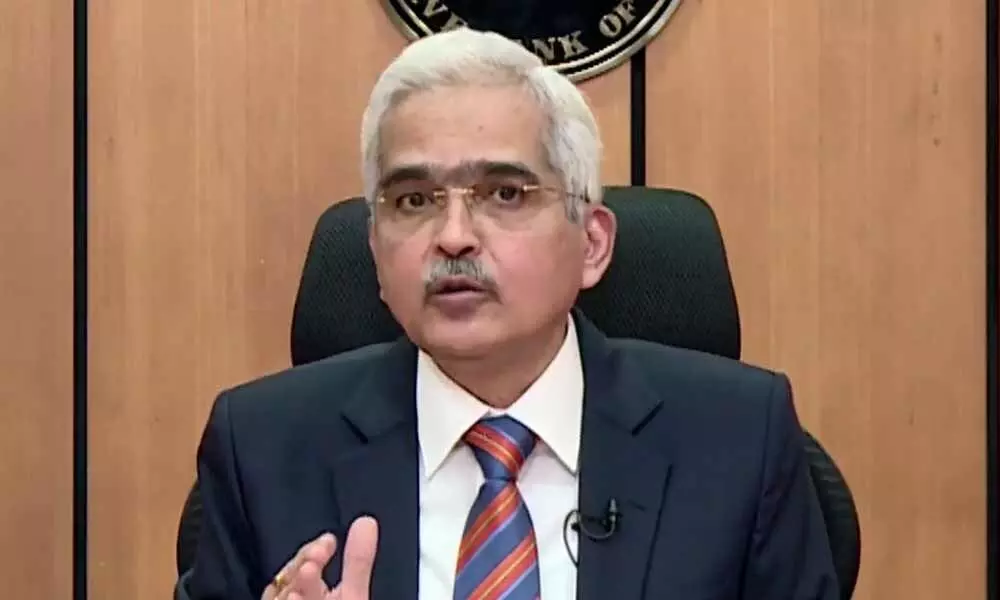RBI monetary policy: More focus on Atamnirbhar Bharat
The recent monetary policy indicates that the govt and RBI are charting strategies on deglobalisation to meet any future supply chain challenges
image for illustrative purpose

The recently announced monetary policy statement for FY23 by RBI Governor Shaktikanta Das has kept interest rates unchanged. The policy measures are in line with the government on curtailing inflation, infusing growth and being Atmanirbhar. The Governor has considered the existing challenges in the supply chain constraints caused by the pandemic, which also got extended by the Ukraine crisis.
The financial year 2021-22 has ended on a positive note as the capacity utilization (CU) in the manufacturing sector recovered further to 72.4 per cent in Q3 FY22 from 68.3 per cent in the previous quarter, surpassing the pre-pandemic level of 69.9 per cent in Q4 FY20. The exports have hit a record of $418 billion, the country has seen the highest GST collection in March 2022, and the average GST collections for the FY22 stands at Rs 1.2 lakh crore.
The RBI Governor has revised the growth rate and inflation estimates, keeping in view the external factors. The average basket price of crude oil for India is expected to be at $100 per barrel, as a result of which the inputs cost is increasing thereby fuelling the inflation and impacting the growth rate.
This year, we are also expecting a good monsoon, which will cushion the declining growth rate due to external factors. Based on the economic survey, the real GDP growth rate is now revised to 7.2 per cent from 8.00 per cent to 8.5 per cent. The inflation rate for the year has been revised from the earlier estimate of 4.5 per cent to 5.7 per cent.
To suck out the excess liquidity in the banking sector, the RBI has introduced the Standing Deposit Facility (SDF), where the commercial banks can park their funds with RBI without any government securities in return, unlike in reverse repo, where the RBI has to issue securities. This is an additional measure being implemented from the existing variable rate reverse repo (VRRR) auctions of varying maturities to absorb liquidity and variable rate repo (VRR) auctions to meet temporary liquidity shortages and offset mismatches.
ATM withdrawals are currently card-based, baring a few. Now, RBI intends to enable all ATMs for card free withdrawals, which will minimize the card skimming, card cloning, etc. To promote digital India, the RBI has proposed to reduce the net worth requirements from Rs 100 crores to Rs 25 crores for entities intended to enroll on Bharat Bill Payment System (BBPS). BBPS is a one-stop solution for all bill payments, offering an interoperable and accessible 'anytime, anywhere' bill payment solution to all consumers in India, with transaction certainty, reliability, and security.
From the monetary policy, it looks like the focus of the government and RBI is deglobalisation to meet any future challenges of supply chains or impact of Covid like pandemic. The borrowers especially, the MSMEs will be happy as there is no additional burden of interest outflow.
(This article has been written by Trade Information Desk, WTC Shamshabad & Visakhapatnam)

